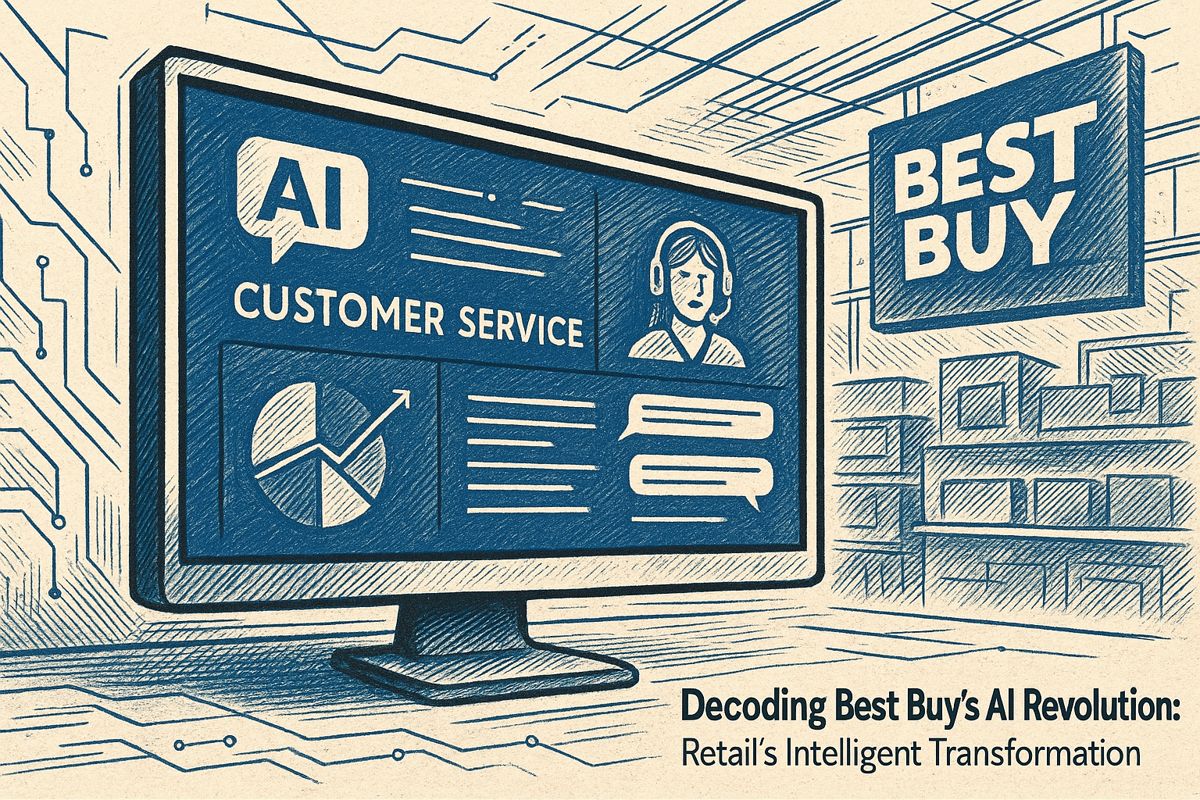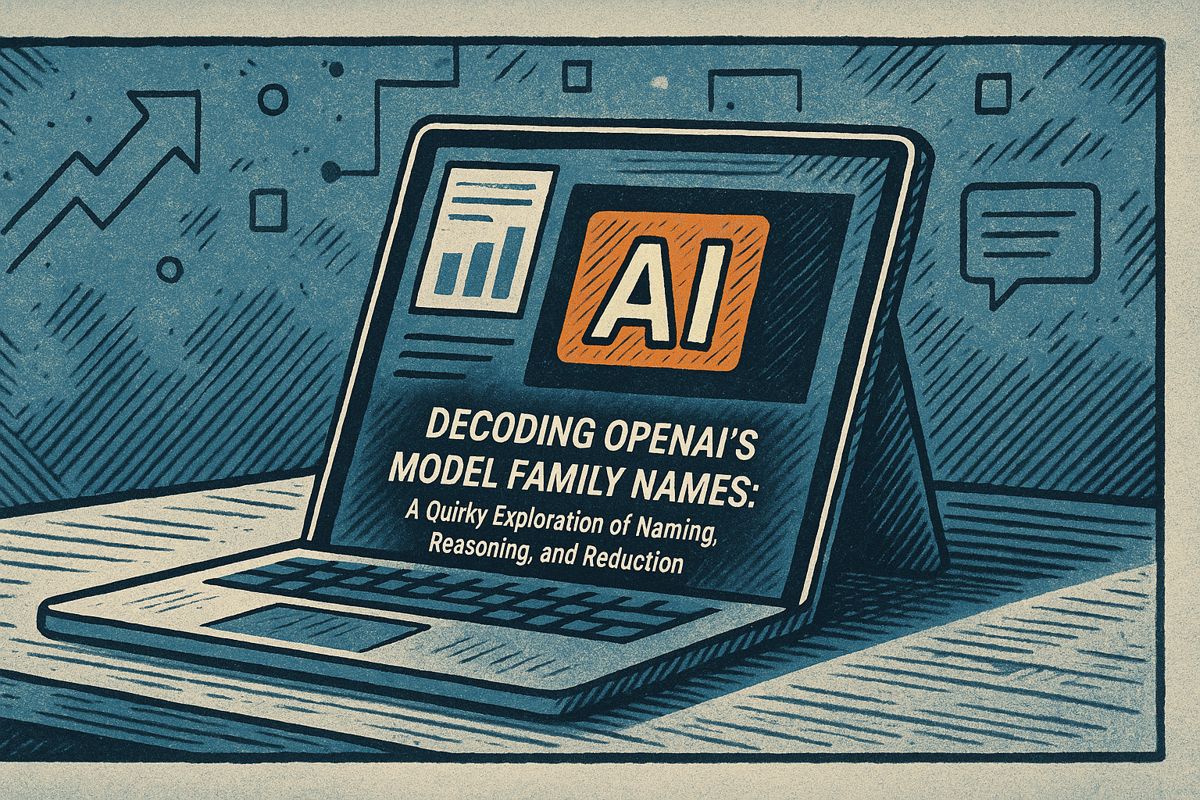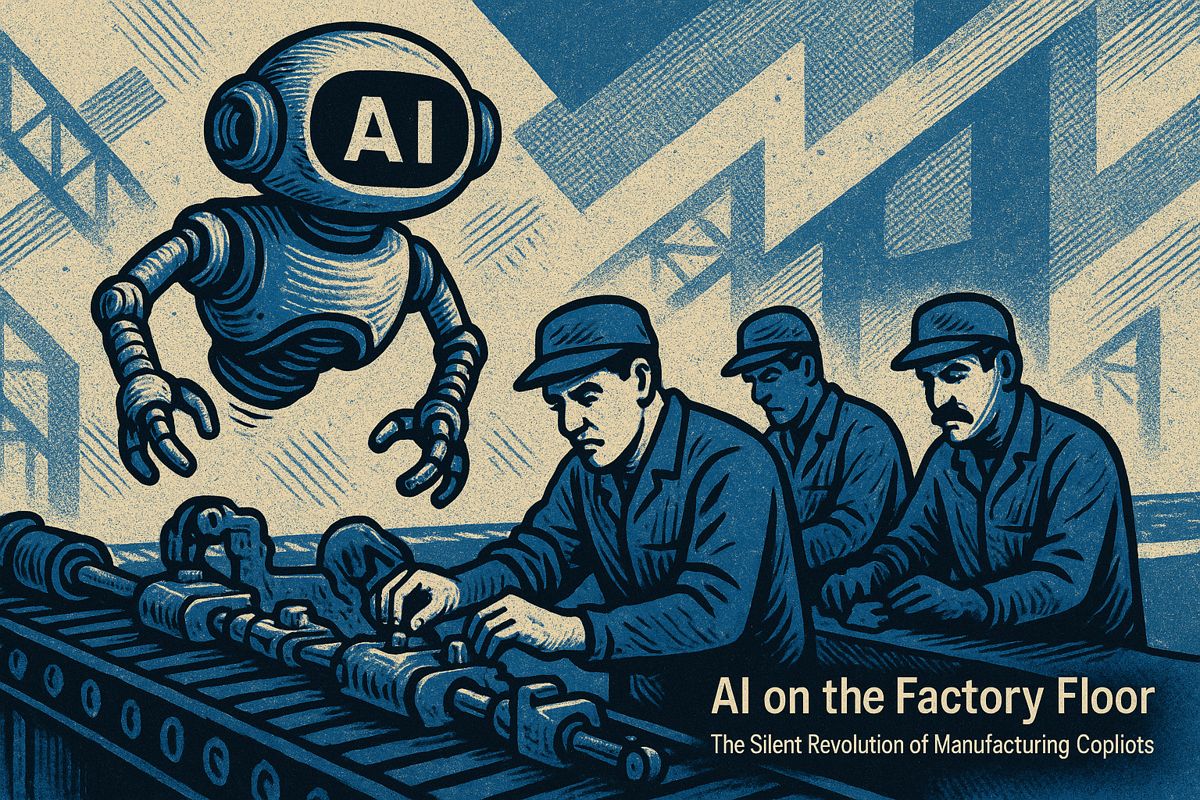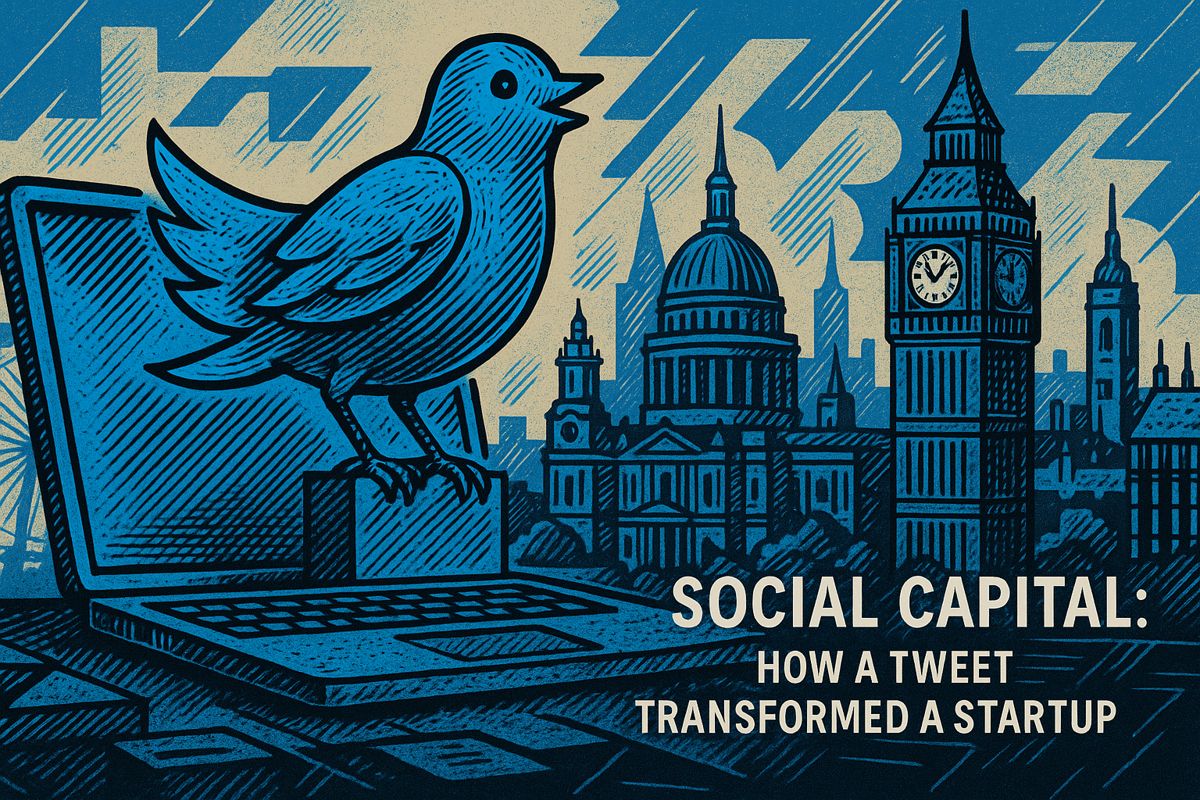Here’s the text with the most important phrase emphasized in markdown bold:
Best Buy is transforming customer service with AI, enabling rapid, personalized support that resolves 50% of membership issues without human intervention. The company’s innovative approach blends digital and physical shopping experiences, using generative AI to provide hyper-efficient, empathetic assistance across multiple channels. Store associates are now equipped with AI-powered tools that offer precise, real-time recommendations and emotional intelligence. This technological leap allows customers to solve problems faster, with seamless integration between online and in-store experiences. The result is a more intuitive, responsive shopping journey that feels almost telepathic in its ability to understand and address customer needs.
How is AI Transforming Best Buy’s Customer Service?
Best Buy is revolutionizing customer experience through AI, enabling 50% of membership issues to be resolved without human interaction, providing real-time personalized support, and integrating digital and physical shopping experiences with unprecedented efficiency and precision.
A Glimpse in the Rearview Mirror
I was reminded, reading Forbes last night, of the awkward ballet I once performed with Best Buy’s customer service in 2003 – a time when my headset and I waged war against the clock, muttering a serial number as a nervous bead of sweat traced my temple. There’s a faint aroma, still, of those linoleum-floored stores and the thick anticipation that hung in the air, and yet, the landscape has metamorphosed. Technology, once lumbering and error-prone, now stalks the retail jungle with the stealth of a snow leopard.
Today, AI isn’t a futuristic flourish on the quarterly report. It’s the engine room, the silent operator reshaping how we search, shop, and get support. Best Buy, with a nod to titans like Google Cloud and Accenture, is pushing the throttle forward. But just how different is the experience now, and what’s cooking behind those pixelated curtains?
I can’t help but wonder – is the magic as palpable for the everyday shopper as it is in corporate press releases?
Under the Hood: What AI Really Changes
Picture yourself in 2024, shopping for a laptop and charger from the comfort of your couch. Instead of sifting through a digital haystack, you’re met by an AI search engine that feels almost telepathic: type “charger for 2019 MacBook Pro” and, voilà, the right widget appears. This isn’t an accident. Best Buy’s generative AI, which will debut in late summer, is built to troubleshoot, juggle subscription tweaks (think Geek Squad, My Best Buy Memberships™), and even reroute deliveries on the fly. There’s a whiff of ozone in the air – something is crackling beneath the surface.
Agents, meanwhile, aren’t just reciting scripts. They’re guided by AI systems whispering real-time recommendations and customer sentiment cues into their earpieces. When frustration creeps into a caller’s tone, the system flags it, nudging the human to respond with empathy instead of autopilot indifference. I’ve played with similar sentiment analysis tech during a chaotic product launch, and, truth be told, I once missed an emotional cue because I trusted my notes over the algorithm. Lesson learned: sometimes, the machine really does know best.
Astonishingly, almost half of Best Buy’s customers now solve membership issues over the phone without ever speaking to a person. During the manic holiday season, digital dashboards catch pain points before they spiral into Twitter-storms or Reddit rants. It’s operational clairvoyance, and I’ll admit – it’s enough to make me a little envious, remembering the clunky escalation tickets of yesteryear.
Blurring the Boundaries: Digital Meets Physical
Shopping isn’t just about pixels or bricks anymore; the boundaries have gone soft, like butter left in July sun. About 33% of Best Buy’s domestic revenue now flows through digital channels, and 60% of shoppers toggle between online and in-store. The business is orchestrating a symphony where data and humans play in sync. Store associates, not to be left in the digital dust, are armed with new AI-powered tools and training, allowing them to serve up answers with almost eerie precision.
Here’s a startling industry nugget: only 31% of retail companies are seriously investing in AI, despite 97% saying it’s transformative. The gap glares like a neon sign. Other sectors are scrambling to catch up – Cigna, for example, uses AI to help customers decode their health insurance (cue nervous laughter), and Wyndham Hotels has slashed some process times from a glacial 30 days to mere hours. Even Bolt and Palantir are in this race, refining checkout flows and personalizing the retail maze.
But is it all upside? My inner skeptic pipes up. Generative AI, for all its dazzle, can fumble. In healthcare, the stakes are sharper – a misstep isn’t just an inconvenience, it’s a liability. Retail, mercifully, lets you return a mis-shipped charger with a shrug.
Lessons Learned and Unfinished Thoughts
I find myself a little awestruck by the speed of this change – and, yes, a touch bewildered. When I reflect on my own brush with AI-powered support tools, I remember doubting they’d stick. Yet here we are: Best Buy’s virtual assistant, trained on a diet of real-world cases, is about to handle millions of queries in seconds. If that isn’t the retail equivalent of turning water into wine, what is?
Still, there’s something oddly human at the core of all this. The desire for faster answers, for less friction, for a sense that someone (or something) is actually listening. The scent of plastic and circuit boards might linger, but the old frustrations are evaporating, pixel by pixel.
Maybe next time I need tech support, I’ll still feel that old flutter of anxiety. Or maybe – just maybe – the AI will get it right on the first try. Now wouldn’t that be something…



















